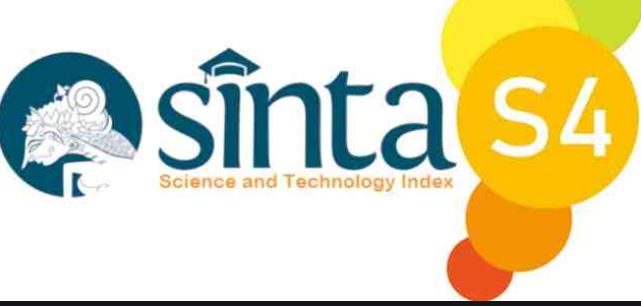Islamic Religious Education Learning Strategy in Inclusive Schools: Case Study of Childreen With Special Needs in Bali
DOI:
https://doi.org/10.52048/inovasi.v19i1.635Keywords:
Child Special Needs, Islamic Religious Education, Inclusion School, learning strategiAbstract
This study aims to: 1). Analyze the Islamic religious education learning strategi in inclusive schools, and 2). Describe parental participation in supporting Islamic Religious Education learning for children with special needs. Study is a case study, with a locus in middle schools and elementary schools in Denpasar City and Badung Regency, informants were purposively, with informants being the Headmaster, Deputy Curriculum, class teachers, Islamic Religious Education teachers, ABK, and parents of ABK. Data collected through interviews, observations and documentation, then presented descriptively after going through data triangulation. The results of the study showed that 1). The use of effective learning strategis such as classical and individual approaches in teaching children with special needs, methods are adjusted to the special needs of children with special needs and the media used are pictures, posters, educational cards, and animated videos. The curriculum is also the same as that of non-children with special needs, only simplified to suit the conditions of children with special needs, 2). Participation of parents of children with special needs includes the involvement of fathers and mothers through routine and consistent dialogue with homeroom teachers, participation in school activities, mentoring at home, and providing a supportive environment.
Downloads

Downloads
Published
How to Cite
Issue
Section
License
Copyright (c) 2025 Inovasi: Jurnal Diklat Keagamaan

This work is licensed under a Creative Commons Attribution 4.0 International License.






